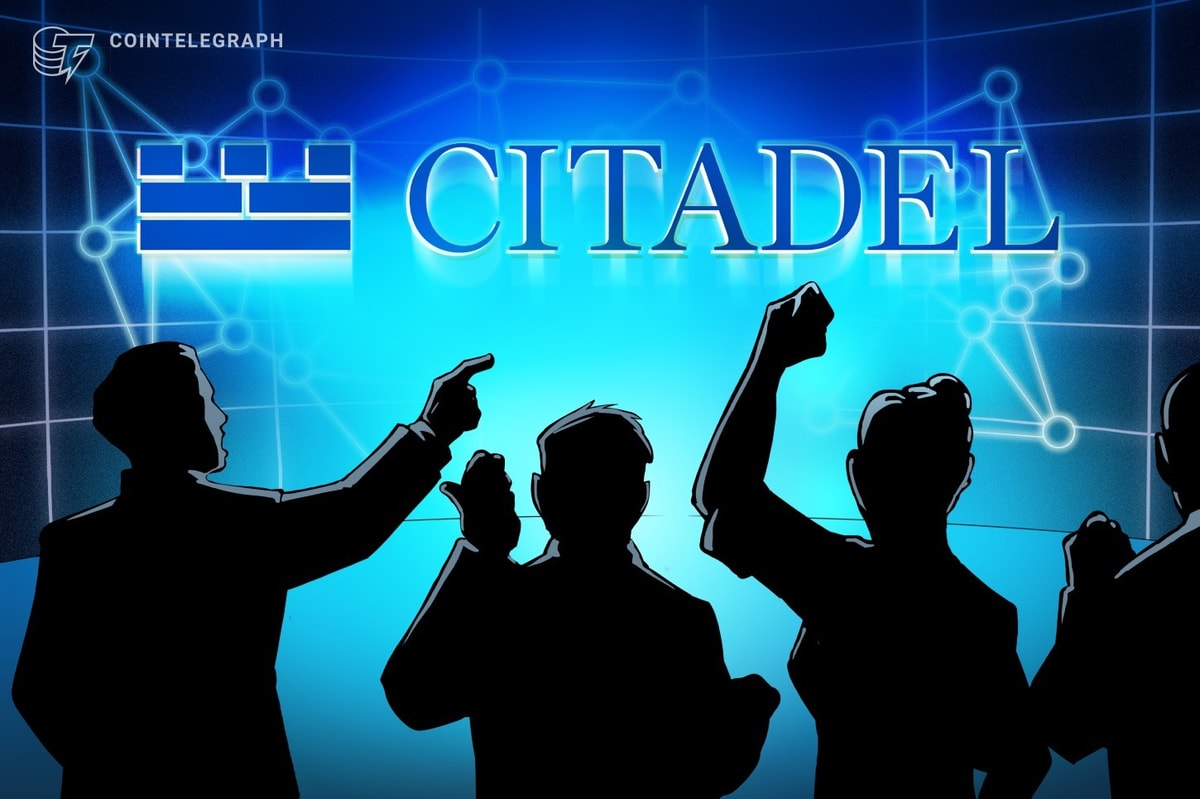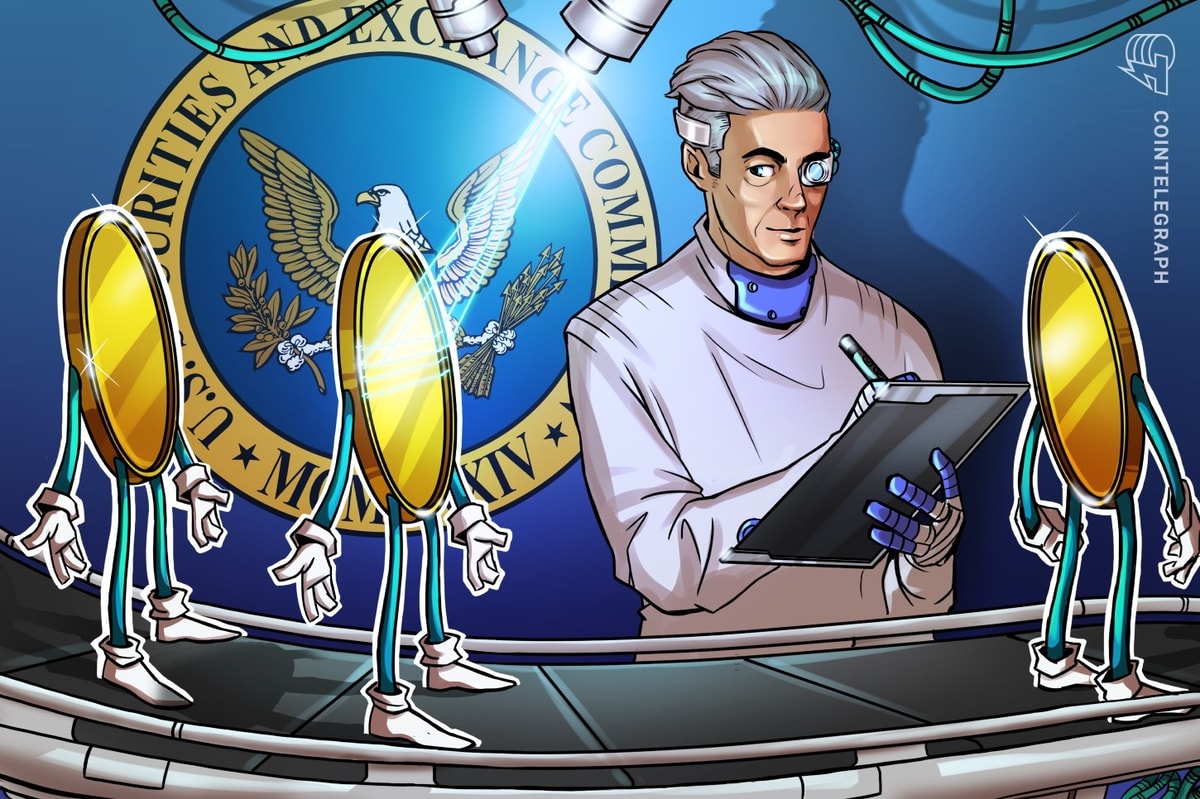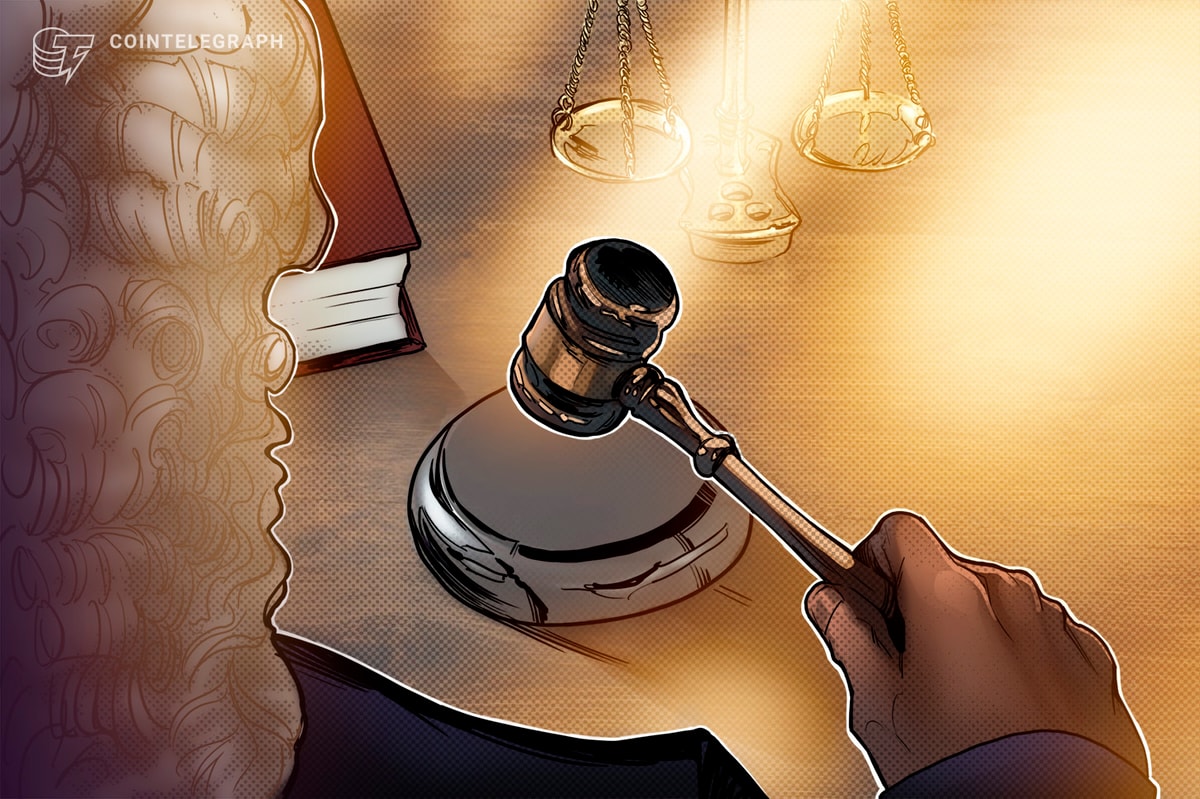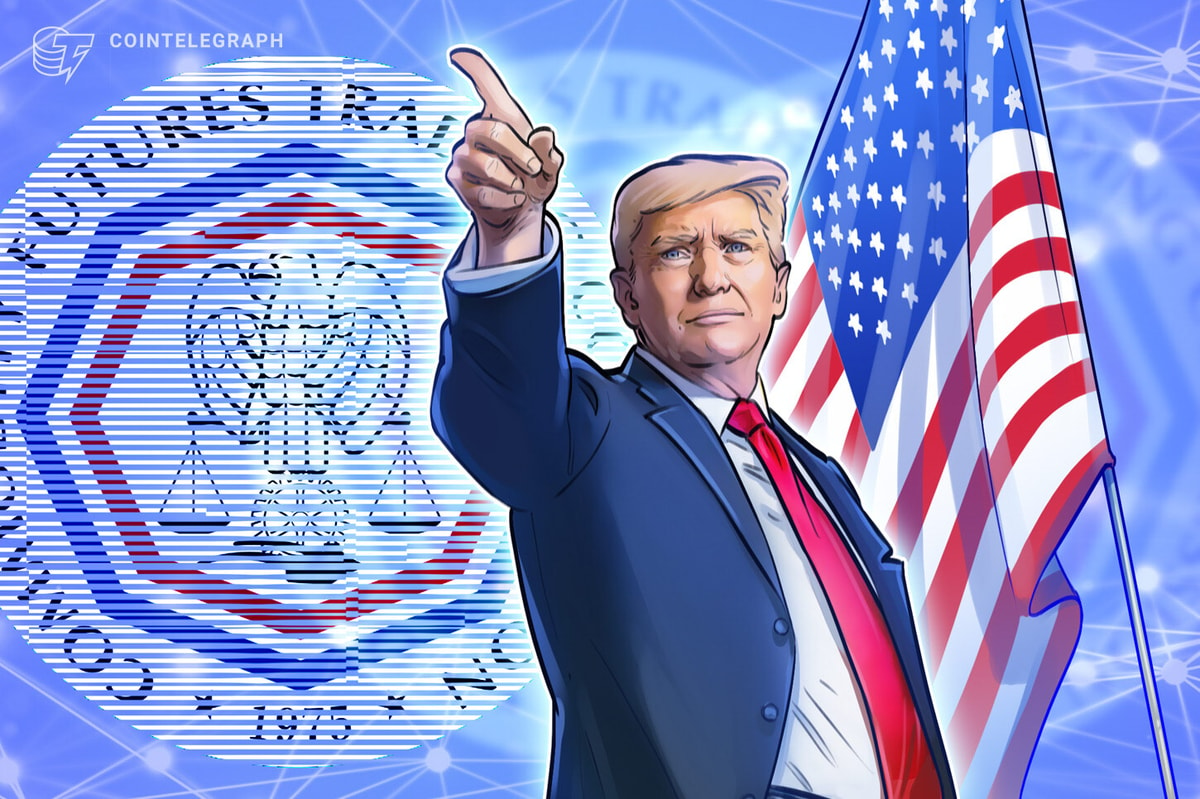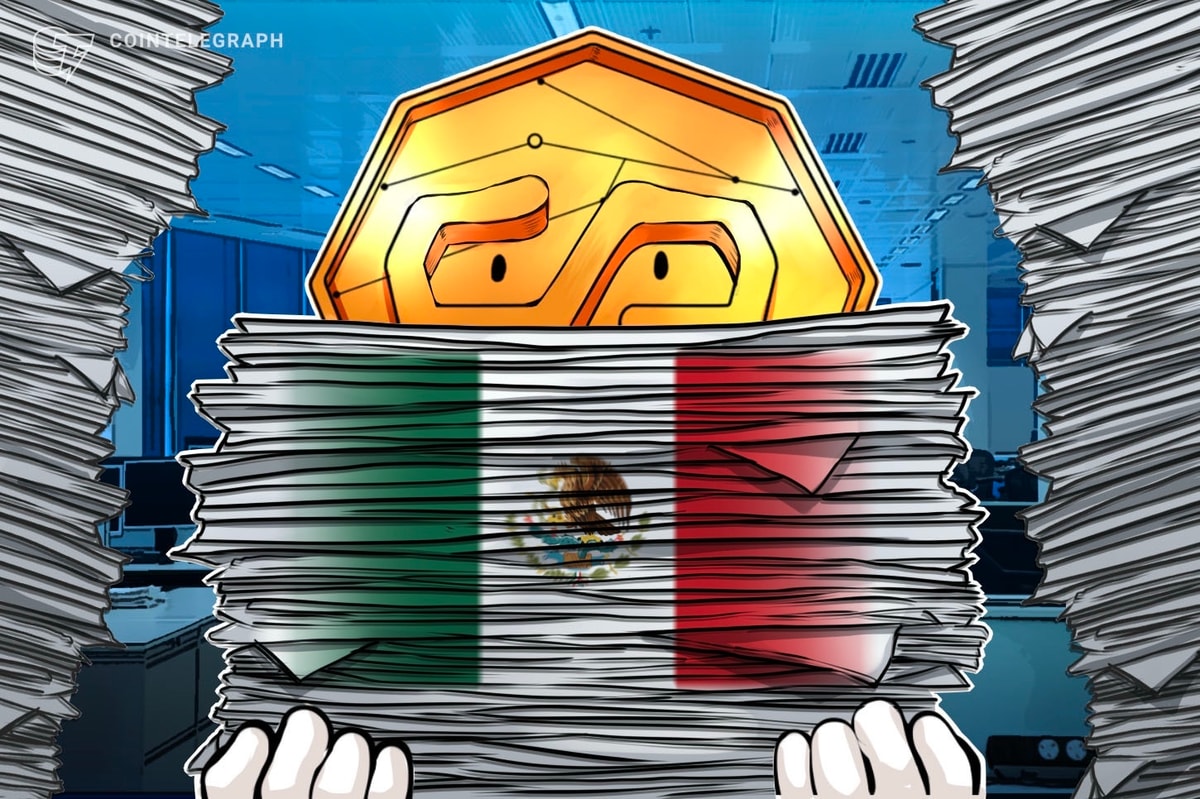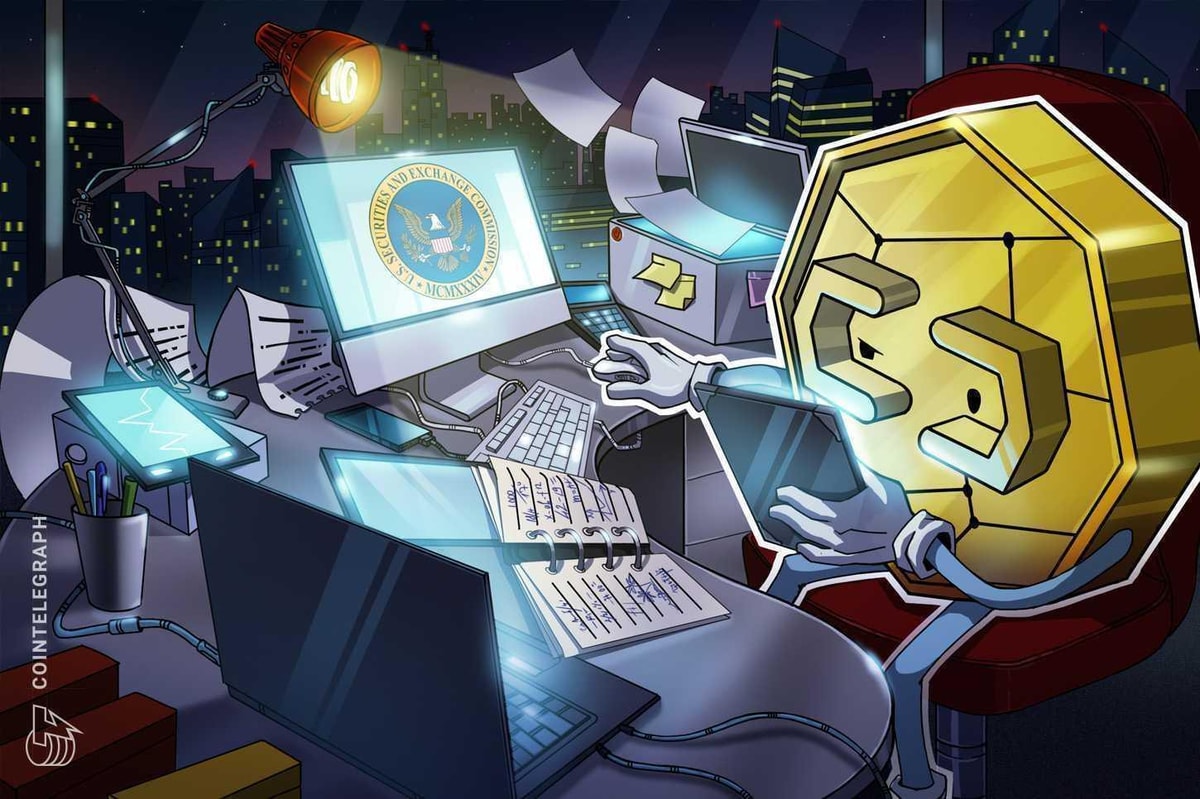
Michael Barr expressed “strong concern” about stablecoins and appreciation of legislative efforts to address them at the Philadelphia Fed’s fintech event.
News
The Federal Reserve Bank vice chairman spoke at the Philadelphia Fed’s fintech event on Sept. 8 about what the central bank’s role is in financial innovation. Research and supervision was the short answer, with a nod to the FedNow Service.
Along with the standard disclaimer about it making no decisions without congressional authorization, Barr provided an overview of the Fed’s “current focus” of central bank digital currency (CBDC) research. He characterized it as “basic research […] that might support a CBDC payments backbone, or for other purposes in the existing payments system.”
Specifically, Barr mentioned system architecture for recording transactions and ownership in ledgers and tokenization models. A FEDS Notes publication the same day on wholesale CBDCs also emphasized that “the technology associated with tokenized platforms is not incompatible with existing central bank money functioning as a settlement asset.”
This payments speech from Michael Barr, vice chair for supervision at the Federal Reserve, features a punctuation mark rarely observed in Fedspeak: an exclamation point! https://t.co/G8HIXuMvYx pic.twitter.com/F3GJezrs3N
— Brendan Pedersen (@BrendanPedersen) September 8, 2023
Barr reminded his audience of the Fed’s novel activities supervision program, which it introduced last month. That dedicated team of supervisors can provide feedback that would allow a federally supervised bank to obtain “written supervisory non-objection” to its novel activities involving stablecoins, among other things. Barr said this activity aligns with Office of the Comptroller of the Currency (OCC) policies outlined in interpretative letters 1174 and 1179.
Related: US lawmakers invoke FTX and spar on direction of crypto bills
Strong federal oversight of stablecoins, which is foreseen in the OCC letters, is in the interest of the Fed, Barr said, as a dollar-pegged stablecoin “borrows the trust of the central bank.” He expressed his appreciation for current legislative efforts:
“If non-federally regulated stablecoins were to become a widespread means of payment and store of value, they could pose significant risks to financial stability, monetary policy, and the U.S. payments system.”
The Fed equipped large banks, regional banks, community banks and credit unions with the rails for broadly accessible 24-hour instant payments through the FedNow Service, introduced in July, Barr said. He added that current volumes of the service are small, but it is up to the depository institutions to make the service available.
Magazine: Unstablecoins: Depegging, bank runs and other risks loom


